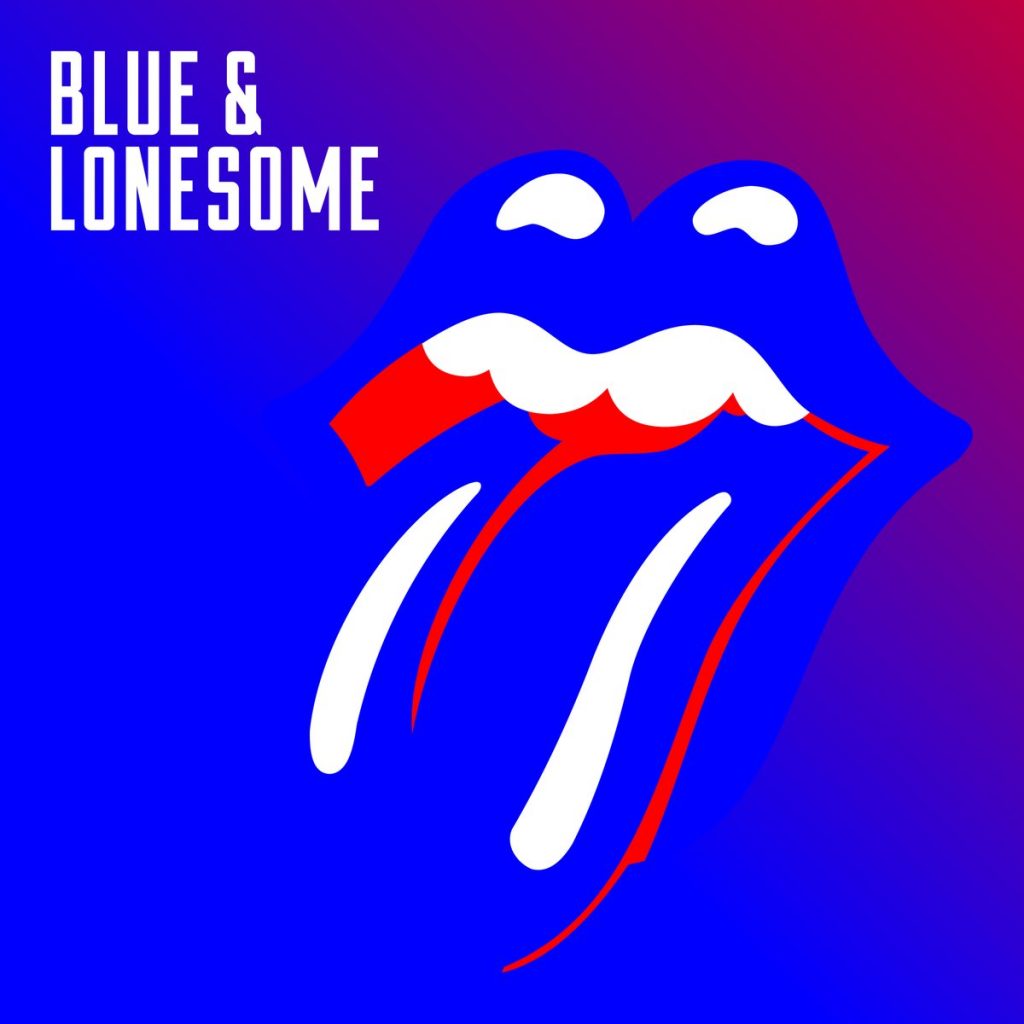


Some days ago I received a letter from Mr. The answer given to Peter Swales, in English, was cordial but a little savage too: However, I am not so fortunate as to possess a Dutch interpreter, and so if you do not speak English or French, I would again be grateful if you could fix up somebody in Baarn to oblige.Įscher responded immediately. I would be most grateful if you could contact Peter Swales or Miss Jo Bergman at the above address or telephone (reverse charge), and either will give you every necessary assistance.
THE ROLLING STONES ALBUMS FULL
Naturally, both you and your publishers would get full credits on the sleeve, and we could negotiate a fee on hearing of your decision to do it. It could be either in one colour or full colour, that would be up to you entirely. You might even like to do a long one like “Metamorphosis” which we could then reproduce as a folding-out sleeve. Would you please consider either designing a “picture” for it, or have you any unpublished works which you might think suitable – the “optical illusion” idea very much appeals to me, although one like “Evolution” would of course be equally as suitable. In March or April this year, we have scheduled our next LP record for release, and I am most eager to reproduce one of your works on the cover-sleeve. On New Year’s Day 1969, Jagger wrote a letter to Escher:įor quite a time now I have had in my possession your book and it never ceases to amaze me each time I study it! In fact I think your work is quite incredible and it would make me very happy for a lot more people to see and know and understand exactly what you are doing. A cover featuring a design by the printmaker could only be a boon for the album. Escher, an artist he held in high esteem. Left to right: drummer Charlie Watts, guitarist Mick Taylor, singer Mick Jagger, guitarist Keith Richards and bass player Bill Wyman.

The Stones were eagerly looking for suitable artwork for their new album, the title of which had not yet been decided at that juncture. In January 1969, a new psychedelic cover for The Beatles’ album Yellow Submarine followed. The white cover for The White Album (Beatles) was immediately followed by an almost white cover for Beggars Banquet (Stones). That same year The Stones released Their Satanic Majesties Request, the cover of which was also awash with colour. Pepper’s Lonely Hearts Club Band and Magical Mystery Tour. As early as 1967, The Beatles chose colourful covers for Sgt. After a well-behaved start in the early 60s, both bands were looking for more artistically credible covers. One of the battle fronts was the record sleeve. The Rolling Stones, Let it Bleed, December 1969ĭuring that period the Stones were locked in battle with The Beatles over which of them was the best band in the world.


 0 kommentar(er)
0 kommentar(er)
